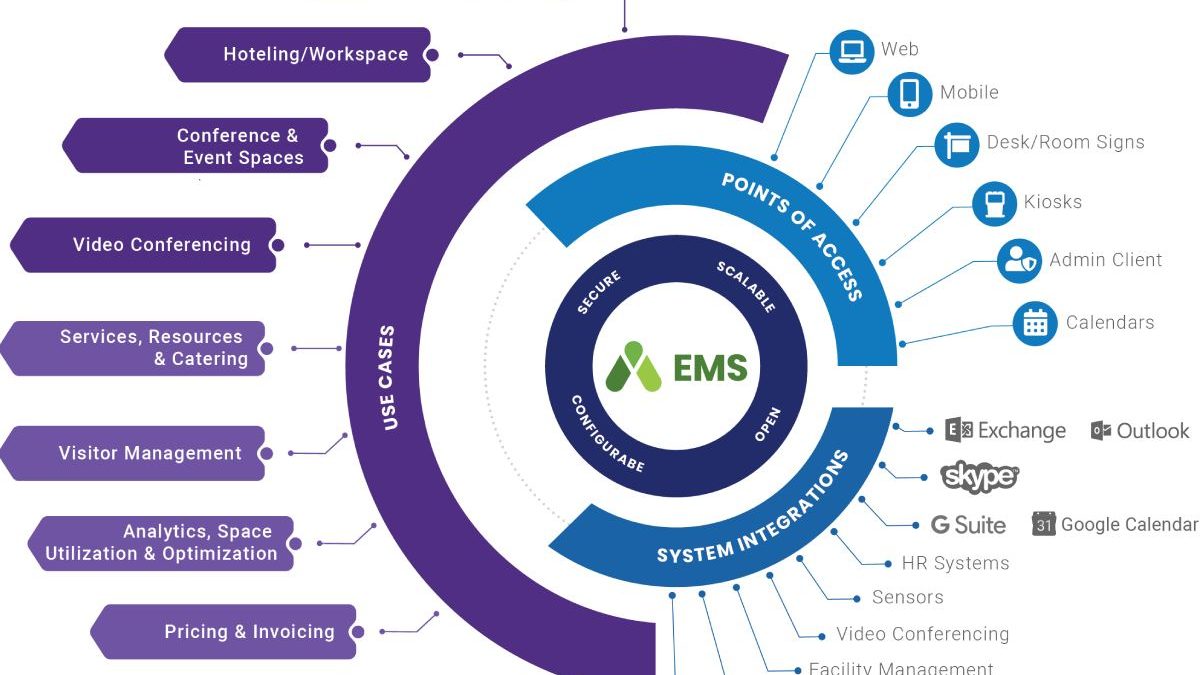As a first responder, you know how important it is to have reliable and effective EMS scheduling software. The right software can help streamline your operations while ensuring that all shifts are adequately staffed and organized.
But how does EMS scheduling software work, and what features should you look for in an EMS scheduling system? Let’s look at some essential elements every solution should contain.
Table of Contents
What is EMS Scheduling Software?
A specialized software solution for EMS scheduling in the agency/organization settings. It is an effective and automated way of preparing schedules for the staff in order to ensure easy distribution of the same. The use of this kind of software will help you avoid the problems that come with the manual schedule process such as; double booking, conflicts, and communication gap.
How Does EMS Scheduling Software Work?
EMS scheduling software utilizes state of art features to ensure that the job of making schedules is simplified. Let’s explore some of the key functionalities that make this software an essential tool for EMS agencies:
Shift Management: With EMS scheduling software, you are able to specify your shifts according to what is applicable within your organisation. It is easy to make a schedule, allocate employees to it, and also make some changes conveniently.
Automated Scheduling: No more hassle in carrying out that hectic schedule. EMS scheduling software utilizes algorithms and predefined rules in order to produce schedule optimisation automatically. It is much faster, and also prevents any bias in division of shifts.
Real-Time Updates: EMS scheduling software automatically updates changes made in the schedule on each device. This way, your team will always be up-to-date with any changes made to avoid confusions and enhance communication within that team.
Employee Self-Service: Gift your staff members with scheduling powers so that they can access their rosters, make shift swaps with each other, and make leave requests. EMS scheduling software is designed with ease of use in mind so as to guarantee independence and reduce administrative workload.
Notifications and Alerts: Do not miss any shifts or crucial updates. The EMS scheduling software gives alerts through notifications to your staff members indicating new schedules, upcoming shifts, and the most important update.
Reporting and Analytics: Get detailed reports and analytics that will help to understand your scheduling patterns, identify employee performance problems, etc. You get data-based measures that aid in pinpointing improvement zones in return, and this helps you make informed decisions.
Time Clock And Scheduling
EMS scheduling software makes it easy to organize shift schedules and time clocks. The software can be configured to automatically generate the most efficient program based on staffing requirements, availability, and location. It also helps ensure that employees adhere to the designated shift times and don’t miss any shifts.
Schedule & Pre-Schedule Events
EMS scheduling software makes it easy for managers to create and maintain schedules in advance and on the fly. Managers can quickly view existing employee availability and assign them to shifts or pre-schedule events weeks or months in advance. This eliminates the guesswork around staffing needs and enables teams to plan based on expected demand.
Calendaring & Availability Management
A practical calendaring feature allows you to manage shift schedules across multiple locations and teams quickly and easily. You’ll be able to view all employee availability in one place so that you can quickly fill any gaps in your rota with the most suitable candidates. You’ll also be able to quickly see who is available for overtime or on-call duties at any given time.
Real-Time Reporting
Real-time reporting lets you monitor staffing levels as they happen, meaning you can address any issues before they become problems. For example, if too many staff members are scheduled for a specific shift, the real-time reporting feature will let you know so you can adjust the schedule accordingly.
Leave Requests & Tracking
With EMS scheduling software, employees can quickly and accurately submit requests directly into the system with an effective leave request and tracking feature. This helps simplify leave management processes and ensures all requests are tracked accurately so that no exit goes unnoticed or unaccounted for.
Customizable Reports
Customizable reports allow you to generate data-driven insights about your staff and their schedules at any time without manually sifting through spreadsheets or other data sources, saving you time and energy when managing employee workloads.
Cloud-Based Data Storage
EMS scheduling software like Paramediq data storage means all your information reamin backed up safely and securely on cloud servers, making it easier for multiple users across different devices to access information quickly without worrying about losing data due to hardware failure or other technical issues.
Here’s How EMS Scheduling Software Works – In Conclusion
Automation will save valuable time spent manually assigning shifts; calendaring and availability management make sure no gaps go unaccounted for; real-time reporting keeps track of staffing levels; leave requests and tracking simplifies vacation management; automated notifications keep everyone informed; customizable reports generate valuable insights; cloud-based storage ensures secure access anytime anywhere, all necessary components of successful EMS scheduling software.
When searching for EMS scheduling software, these features should be top of mind when deciding. Including Paramediq in your search criteria will make finding the right solution more accessible than ever.

